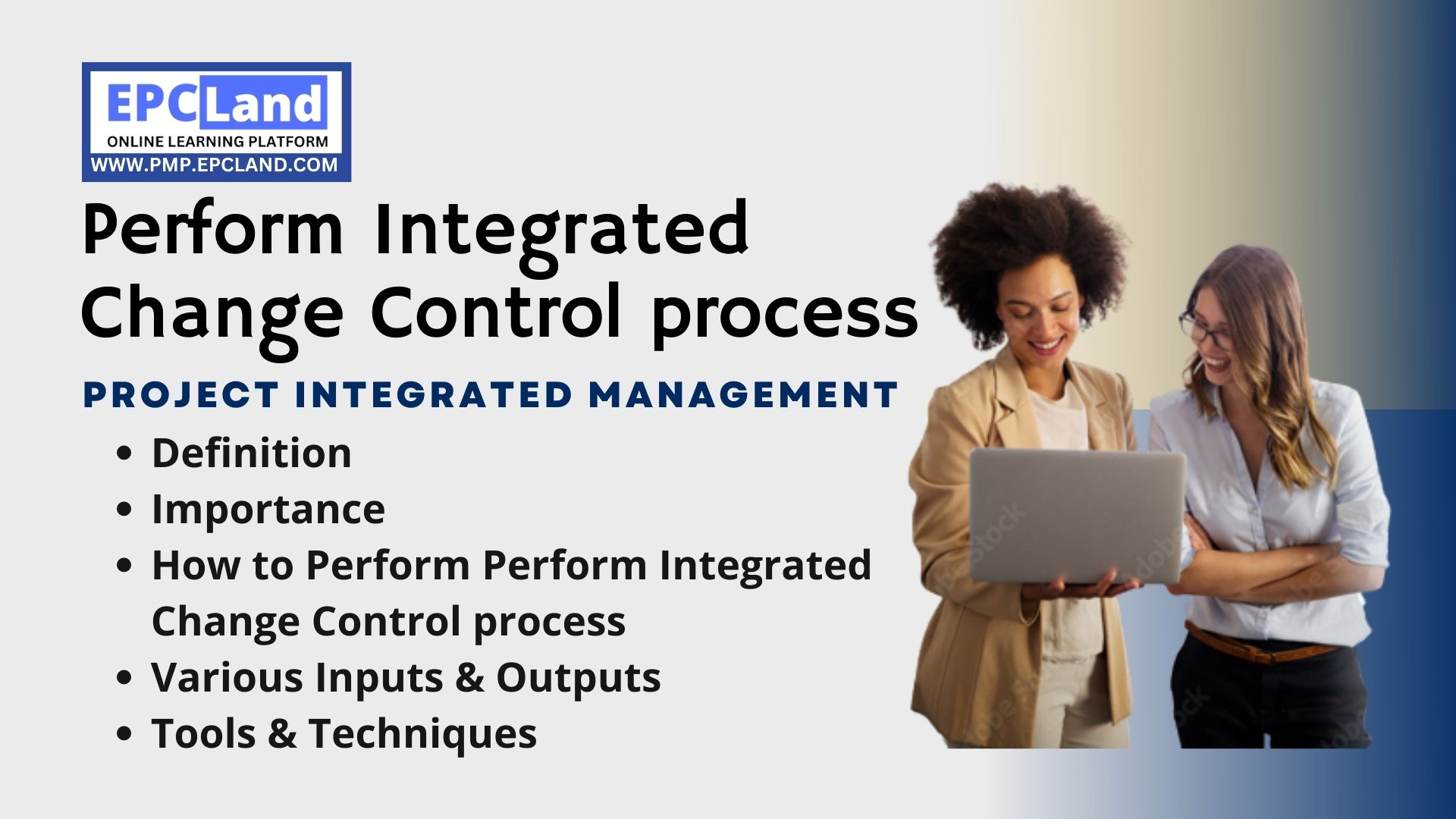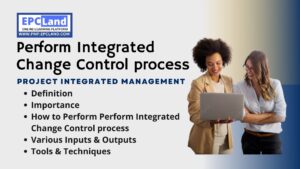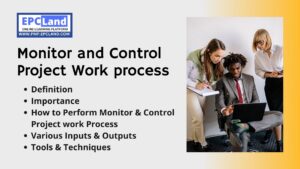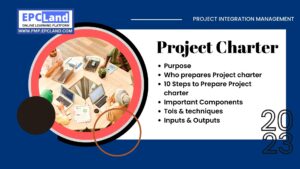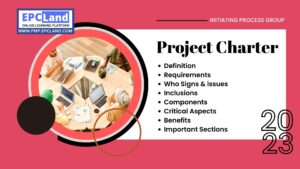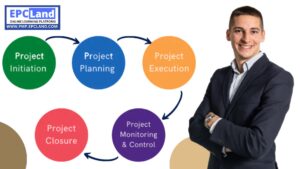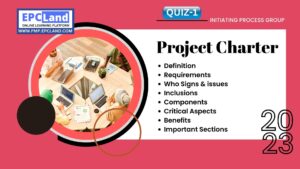Table of Contents
ToggleWhat is Perform integrated change control
Perform Integrated Change Control is the process of reviewing, documenting, and approving or rejecting changes to project deliverables, baselines, and other project documents. This process is used to ensure that changes are controlled, managed, and tracked throughout the project and that they align with the project’s objectives and goals. The goal of Perform Integrated Change Control process is to ensure that changes are implemented in an orderly and controlled manner, that they are communicated to all stakeholders, and that they are consistent with the project management plan.
Don’t Miss the 1000+ MCQ questions & hundreds of quizzes on PMP Knowledge Areas and Various important sections.
Attempt Quiz-1 on Perform Integrated Change Control process

Time's up
Importance of Perform Integrated Change Control process
The Perform Integrated Change Control process is important for a number of reasons.
- Ensures alignment with project objectives: The Perform Integrated Change Control process ensures that all changes to the project are aligned with the project’s objectives and goals. This helps to ensure that the project stays on track and that it delivers the results that are expected.
- Facilitates effective communication: The Perform Integrated Change Control process facilitates effective communication between project stakeholders. It ensures that all stakeholders are informed of changes to the project and that they are given the opportunity to provide feedback.
- Promotes accountability: The Perform Integrated Change Control process promotes accountability by ensuring that changes to the project are reviewed, approved or rejected, and managed in a controlled manner. This helps to ensure that changes are implemented in a way that is consistent with the project management plan and that they are tracked throughout the project.
- Minimizes project risks: The Perform Integrated Change Control process helps to minimize project risks by ensuring that changes to the project are managed in a controlled manner. This helps to reduce the likelihood that changes will have a negative impact on the project.
- Improves project performance: The Perform Integrated Change Control process improves project performance by ensuring that changes to the project are tracked, managed, and reported in a consistent manner. This helps to ensure that project performance is measured and reported in a way that is consistent with the project management plan.
- Helps to maintain project integrity: The Perform Integrated Change Control process helps to maintain project integrity by ensuring that changes are managed and tracked in a consistent manner. This helps to ensure that the project stays on track and that it delivers the results that are expected.
what are the steps to Perform Integrated Change Control process
The Perform Integrated Change Control process involves several steps:
- Identify potential changes: The first step in the Perform Integrated Change Control process is to identify potential changes to the project. This can be done through regular reviews of project documents, such as the project schedule and budget, and through ongoing communication with project stakeholders.
- Review change requests: Once potential changes have been identified, they are reviewed to determine if they are valid and if they align with the project’s objectives and goals. Change requests are evaluated based on their potential impact on the project scope, schedule, budget, and quality.
- Approve or reject change requests: After a change request has been reviewed, it is either approved or rejected. Approved change requests are implemented and tracked, while rejected change requests are documented and archived.
- Update project management plan and project documents: As changes are approved and implemented, the project management plan and project documents are updated to reflect the changes. This includes updating the project scope, schedule, budget, and other project-related information.
- Communicate changes to stakeholders: Changes to the project are communicated to all stakeholders to ensure that they are aware of the changes and that they have the opportunity to provide feedback.
- Monitor and control changes: The Perform Integrated Change Control process is ongoing, and changes are monitored and controlled throughout the project. This includes tracking the progress of changes, managing issues and risks, and reporting on project performance.
- Close change requests: Once the change requests are implemented and the project is completed, the change requests are closed.
- Update Organizational process assets: As changes are implemented, Organizational process assets may be updated to reflect the lessons learned from the change control process.
Tools & techniques for Perform Integrated Change Control process
There are several tools and techniques that can be used to perform the Perform Integrated Change Control process:
- Change request forms: These forms are used to document change requests and to provide a consistent format for evaluating and approving changes.
- Change control board: A change control board is a group of individuals responsible for reviewing, approving, and rejecting change requests. The board typically includes representatives from key project stakeholders such as the project manager, sponsor, and team members.
- Configuration management: Configuration management is a set of processes and tools used to control changes to project deliverables, documents, and other project-related information.
- Impact analysis: Impact analysis is a technique used to evaluate the potential impact of a change on the project. This can include assessing the impact on the project scope, schedule, budget, and quality.
- Version control: Version control is a technique used to manage different versions of project documents, such as the project management plan, and to ensure that the correct version is being used at all times.
- Audits: Audits are used to review the project’s compliance with the project management plan and to identify any areas where changes are needed.
- Variance analysis: Variance analysis is a technique used to compare actual project performance against planned performance. This can be used to identify variances that may require changes to the project.
- Project management software: Project management software can be used to automate many of the tasks involved in the Perform Integrated Change Control process, such as tracking change requests, updating project documents, and monitoring project performance.
Attempt Quiz-2 on Perform Integrated Change Control process

Time's up
Inputs for the Perform Integrated Change Control process
The inputs for the Perform Integrated Change Control process are as follows:
Inputs:
- Project management plan: The project management plan provides the framework for how changes will be managed on the project.
- Change requests: Change requests are the formal documentation of proposed changes to the project.
- Project documents: Project documents, such as the scope statement, work breakdown structure, and project schedule, provide the information needed to evaluate the impact of a change on the project.
- Work performance data: Work performance data, such as status reports and performance measurements, is used to identify areas where changes may be needed.
- Approved change requests: Approved change requests are used to update the project management plan and project documents.
- Organizational process assets: Organizational process assets, such as templates, policies, and procedures, provide the tools and resources needed to manage changes on the project.
Outputs for the Perform Integrated Change Control Process
- Change log: The change log is used to document all change requests, the status of each request, and the outcome of each request.
- Updated project management plan: The project management plan is updated to reflect any changes that are approved and implemented.
- Updated project documents: Project documents, such as the scope statement, work breakdown structure, and project schedule, are updated to reflect any changes that are approved and implemented.
- Corrective action: Corrective action is taken to address any issues or problems that are identified as a result of changes.
- Preventive action: Preventive action is taken to address any potential issues or problems that are identified in advance.
- Accepted deliverables: Accepted deliverables are the final output of the change control process and they reflect the changes that have been made.
- Organizational process assets updates: Organizational process assets may be updated to reflect the lessons learned from the change control process.
FAQs on "Perform Integrated Change Control" in Project integration Management
Here are some frequently asked questions about the “Perform Integrated Change Control” process in Project Integration Management:
What is the purpose of Perform Integrated Change Control?
The purpose of Perform Integrated Change Control is to manage changes that occur during a project. This process is used to identify, evaluate, and approve or reject changes to project deliverables, baselines, or other project components.
What is included in Perform Integrated Change Control?
Perform Integrated Change Control includes the following activities: identifying change requests, evaluating change requests, approving or rejecting change requests, updating project management plans and documents, and communicating change information to stakeholders.
Who is responsible for Perform Integrated Change Control?
The Project Manager is responsible for overseeing Perform Integrated Change Control, but the change control board (CCB) or change management team is responsible for evaluating and approving or rejecting change requests.
What is a change control board?
A change control board (CCB) is a group of people who are responsible for evaluating and approving or rejecting change requests. The CCB typically includes representatives from different areas of the organization, such as project management, subject matter experts, and stakeholders.
How does Perform Integrated Change Control fit into the overall project management process?
Perform Integrated Change Control is a process within the Project Integration Management knowledge area. It is closely related to other processes, such as Plan Integration Management, Direct and Manage Project Work, and Monitor and Control Project Work. These processes work together to ensure that changes to the project are managed effectively and that the project remains on track.
